All entries for Monday 27 July 2009
July 27, 2009
How to film your brilliant idea – workshop slides and example video clips
Here are the slides and example video clips used in the workshop that I teach to introduce people to creating short online films. The workshop uses iMovie 09, making all of the techniques illustrated in the clips achievable even by those without previous experience (cut aways, picture in picture, sound effects, titles, transitions). The workshop is principally for people wanting to create films that present an argument or an idea, attempting to convince the audience. Note that the participants first create their introduction, then their conclusion, and finally they add the main body of the movie, the narrative. They should be able to create the intro and conclusion within 3 hours, and may even create a complete movie.
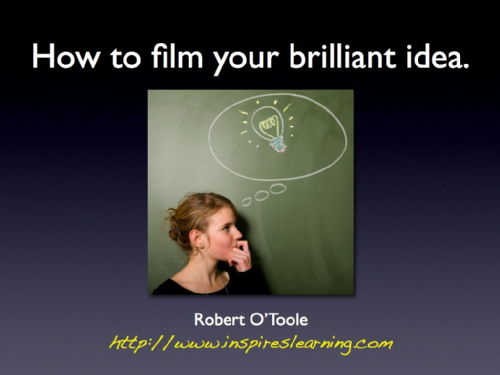
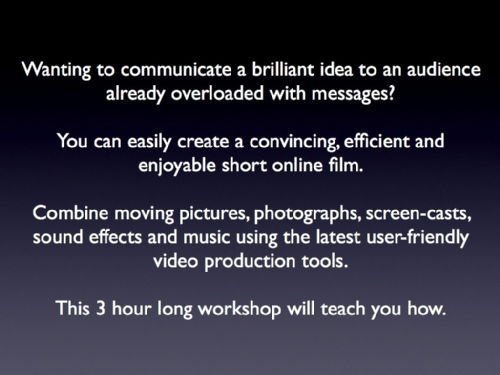
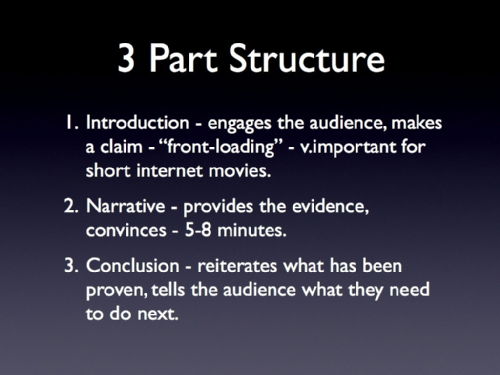
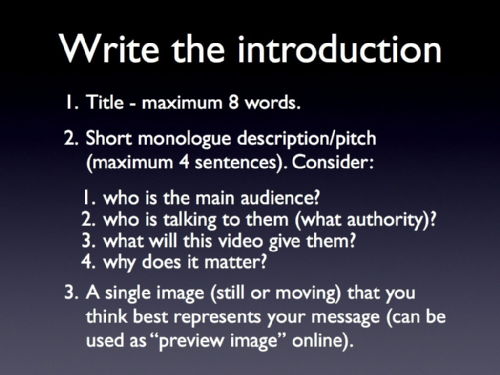
Example introductions
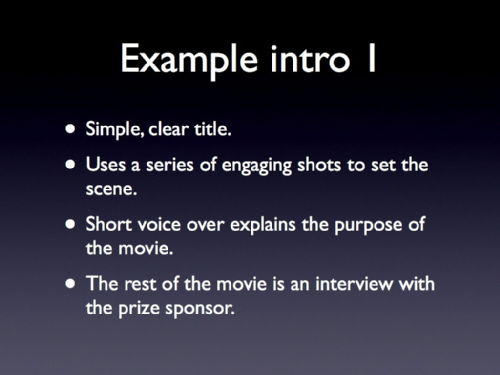
By Michael John Kooy, Philosophy and Literature
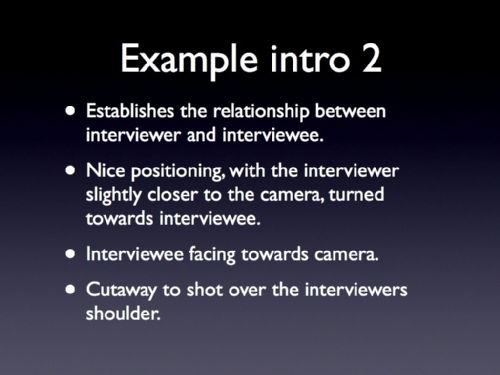
By Stephanie Redding & James Mears, Careers
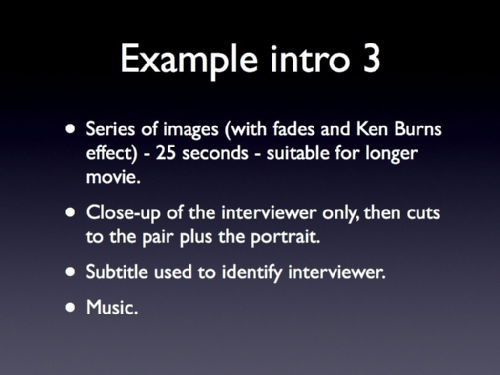
By the Digital Press Office
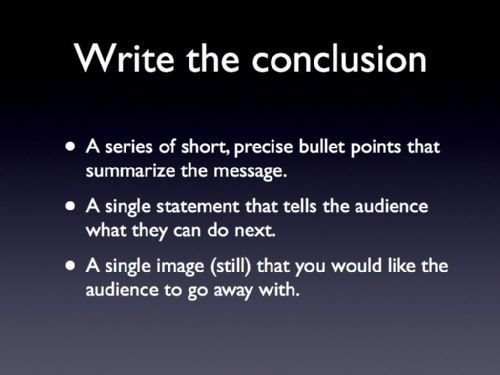
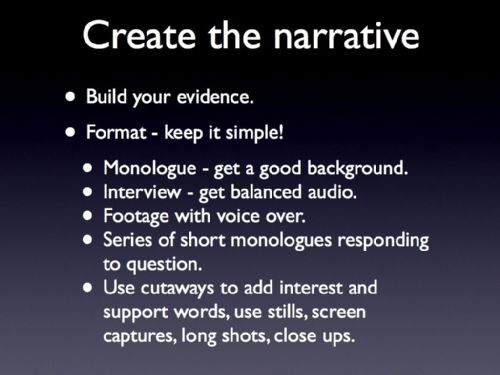
Example narratives
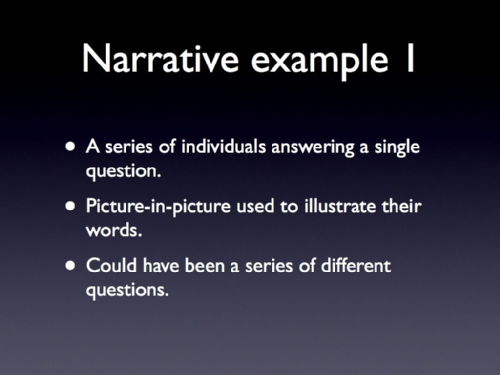
By Douglas Linnsen & Catherine Allen, Arts E-Squad
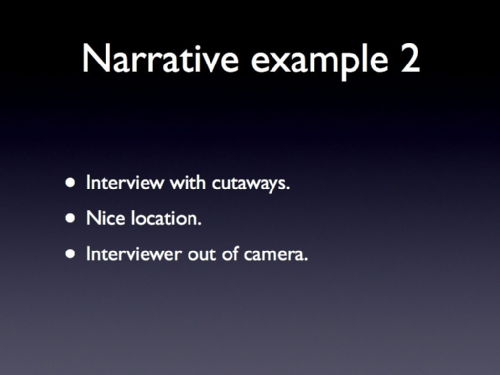
By Michael John Kooy, Philosophy and Literature
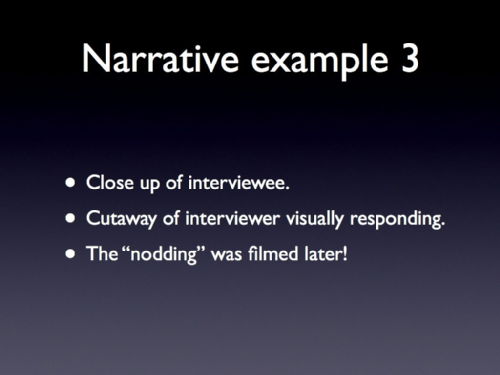
By Stephanie Redding & James Mears, Careers
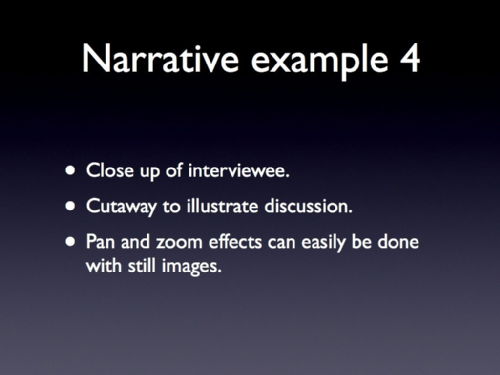
By the Digital Press Office
First experiment with un–obtrusive recording of student personal state descriptors
Follow-up to Personal state descriptors for case studies from Inspires Learning - Robert O'Toole
The method previously described has now been tested in a 3 hour session. The aim, to reiterate, is to track changes in the emotional, physical, intellectual and social states of the students (self-reported) at key points - for example, when moving from one spatial configuration to another.
My first experiment aimed simply to test whether the approach is sufficiently un-obtrusive. I haven't really considered the effectiveness of the set of decriptors that I am working with.
At three key points during the session, as we moved between different phases of the session and different seating arrangements, each student selected from a list of words plotted on an A4 sheet and organised into a quick-to-scan concept map. This worked well. The students were happy to complete the forms, despite being engaged in an interesting and challenging activity. I have now compiled the results. They are quite uniform, as the session was not very diverse. However, there are some interesting patterns to spot. The students found the location, the Teaching Grid, to be comfortable throughout.
|
|
Sample point 1 |
Sample point 2 |
Sample point 3 |
|
|
|||
|
Social |
Communicative: 3 |
Communicative: 4 Sharing: 3 |
Receptive: 3 |
|
|
|||
|
Physical |
Comfortable: 4 |
Comfortable: 4 |
Comfortable: 3 |
|
|
|||
|
Intellectual |
Challenged: 4 |
Challenged: 4 |
Inspired: 5 |
|
|
|||
|
Emotional |
Calm: 4 |
Happy: 5 |
Happy: 3 |
Scarcity, inventiveness, cross–pollination, design thinking & pedagogy
In chapter 3 of The Ten Faces of Innovation1, IDEO's Tom Kelley describes an impressive case in which a Nigerian innovator, Bah Abba, had used simple local materials to create an effective evaporation-cooled food storage system. For Kelley, this is more than just a case of overcoming adversity. It demonstrates a particular character from the "design thinking" ensemble: the cross-pollinator. Bah Abba was able to combine disparate elements readily available in the local environment, into an unforeseen combination. The cross-pollinator is particularly important and effective when operating under difficult conditions. In fact, scarcity is the force that drives the cross-pollinator:
There's a principle at work here that we would all do well to respect. Sometimes a lack of resources and tools can prove to be the spark that helps you to seek out and make new connections. It goes beyond the idea that "necessity is the mother of invention." Scarcity and tough constraints force you to break new ground because the "business as usual" path is simply not available. (Kelley & Littman p.78)
What does this mean for learning space design? In his article on Design Thinking2, Tim Brown (also from IDEO) describes how prototyping is an essential part of innovation. This activity takes place in what Brown calls ideation space. Following the IDEO approach, an ideation space is a controlled and safe zone for experimentation, cushioned from the complexities and immediacies of the outside world (it sits alongside two other types of space: inspiration space where the disruptive exigencies of real situations are encountered, and implementation space where we build products to be shipped out and used by real people in real situations). When constructing an ideation space, perhaps we need to embrace scarcity: start with as little as possible: just enough inspiration, just enough cross-pollination. And then add new elements only when necessity drives us back to the inspiration space.
In practical terms, there are some simple implications for pedagogy:
- Make it clear that the students are working in a limited, constrained space.
- Limit the number of ideas and example that can be thrown into the mix.
- Keep the design teams small.
- Use lo-fi prototyping.
- Switch off the internet.
- Use constrained formats (posters, elevator pitches, short films) within ideation processes, so as to concentrate thinking upon the key elements of a problem.
- Allow the students to go out for inspiration when necessary, but limit what they can bring back with them.
When teaching e-portfolio design to the IDCM MA students, the biggest challenge is to get them to understand and operate within the constraints of the available tools: they tend to behave like hyper active cross-pollinators. Next term I will try to use these approaches to get them more focused and more realistic.
________________
1Kelley, T. & Littman, J. The Ten Faces of Innovation: Strategies for Heightening Creativity, Profile Books, 2008
2Brown, T. Design Thinking, Harvard Business Review, June 2008.
 Robert O'Toole
Robert O'Toole

 Please wait - comments are loading
Please wait - comments are loading



